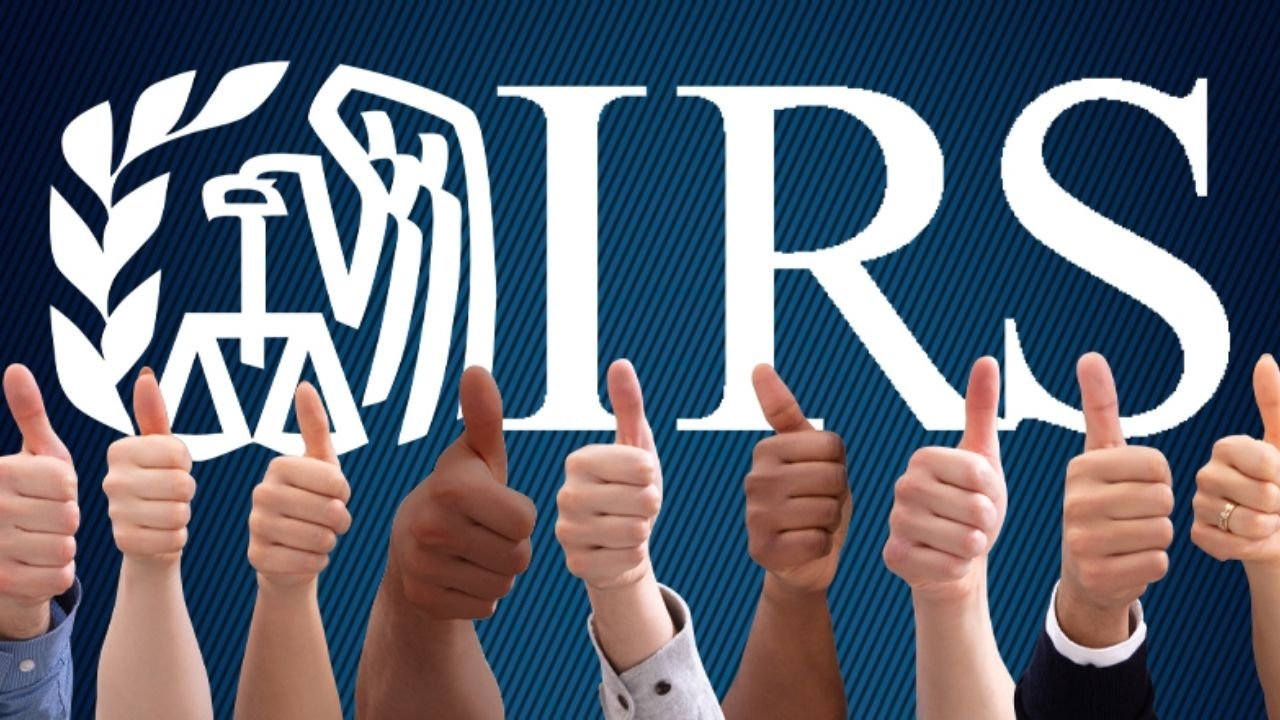Starting in 2026, millions of taxpayers across the United States will gain access to a brand new, simplified, and absolutely unfastened manner to report their federal income taxes — way to the IRS Direct File expansion. Following a successful pilot program in 2024 and restrained rollout in 2025, the IRS confirmed that Direct File may be available nationwide subsequent year, marking one of the maximum sizable shifts in how Americans file taxes in many years.
The initiative, advanced underneath the Inflation Reduction Act of 2022, aims to make tax submitting quicker, more obvious, and extra on hand for middle- and low-income families. Here’s the whole thing you need to understand approximately how Direct File works, who qualifies, and how to use it in 2026.
What Is IRS Direct File?
Direct File is a loose on-line tax filing machine created and operated without delay via the Internal Revenue Service (IRS). It permits eligible taxpayers to document their federal tax returns on-line without the usage of paid software program or third-party services such as TurboTax or H&R Block.
Unlike preceding structures, Direct File connects taxpayers instantly to the IRS database, ensuring quicker processing, fewer errors, and quicker refunds. It is a part of a broader modernization attempt to make government virtual services more consumer-friendly and cost-effective.
How the 2026 Expansion Works
After a restricted release in 12 states in 2025, the IRS will increase Direct File to all 50 states and Washington, D.C. In 2026. The system will encompass progressed navigation gear, automatic refund tracking, and multiplied help for extra varieties of income, credit, and deductions.
Key updates for 2026 include:
- Full national get entry to to all U.S. Citizens with internet access.
- State tax submitting integration in partnership with taking part state revenue agencies.
- Live chat and phone support to help taxpayers navigate the filing process.
- Expanded eligibility covering W-2 wages, Social Security income, unemployment compensation, student loan interest, and certain tax credits such as the Child Tax Credit (CTC) and Earned Income Tax Credit (EITC).
Who Can Use Direct File in 2026
While the 2025 rollout was limited to single filers and simple returns, the 2026 version will serve:
- Single and joint filers with income up to $200,000.
- Taxpayers claiming standard or limited itemized deductions.
- Workers with multiple W-2s or 1099-INT forms.
- Parents claiming dependent credits.
- Individuals without business or rental income.
Eventually, the IRS plans to expand the system further to accommodate self-employed individuals and more complex returns.
How to File Using Direct File
Filing through IRS Direct File will be simple and secure. Here’s how it will work:
- Log in to the Direct File portal using your IRS.gov account or ID.me credentials.
- Answer guided questions about your income, dependents, and deductions.
- Upload W-2 and 1099 forms (many will be imported automatically from employers).
- Review your return before submitting.
- E-sign and submit directly to the IRS.
- Receive confirmation and refund status updates in real time.
Refunds will typically be issued within 7–10 days for taxpayers using direct deposit.
Why Direct File Matters
Direct File aims to save Americans billions in filing fees and reduce dependence on commercial tax-prep companies. The IRS estimates that U.S. Taxpayers together spend over $11 billion consistent with year on filling costs, even though many qualify at no cost-filing programs.
By cutting out intermediaries, Direct File simplifies the enjoy, strengthens records security, and guarantees that taxpayers engage immediately with the organization processing their returns.
While the Direct File system has received sizable reward, some demanding situations continue to be.
Concerns and Challenges
While the Direct File system has received widespread praise, some challenges remain.
- Integration with state tax structures may additionally take time, as each state has its own filing requirements.
- Digital access and literacy gaps could limit participation among rural and older populations.
- Private software companies continue to criticize the program, arguing that it competes unfairly with the private sector.
However, the IRS maintains that Direct File will coexist with non-public carriers, certainly giving taxpayers another free and reliable choice.
Conclusion
The national rollout of the IRS Direct File program in 2026 represents a ancient step towards a less difficult, fairer, and greater obvious tax machine. For the first time, Americans could be capable of document their federal taxes at once with the IRS free of charge, with out hidden prices or third-birthday celebration upselling.
As the program expands, it’s miles expected to keep taxpayers money and time, enhance refund accuracy, and beef up consider in the U.S. Tax system. With consumer-friendly design, stronger safety, and government duty, Direct File marks the beginning of a brand new technology in tax filing — one in which simplicity really meets accessibility.
FAQ’s
Can I use Direct File if I have a facet gig or freelance income?
Not yet. The 2026 model helps simplest easy income types like W-2s. The IRS might also make bigger capability in destiny versions.
Do I nevertheless get a reimbursement if I use IRS Direct File?
Yes. Refunds are processed just like any other e-filed go back. You’ll have the option to go into direct deposit data for faster processing.
Is IRS Direct File absolutely unfastened?
Yes. It is a hundred% loose for eligible users. There are no hidden prices, accessories, or improvements—in contrast to many business tax services.

